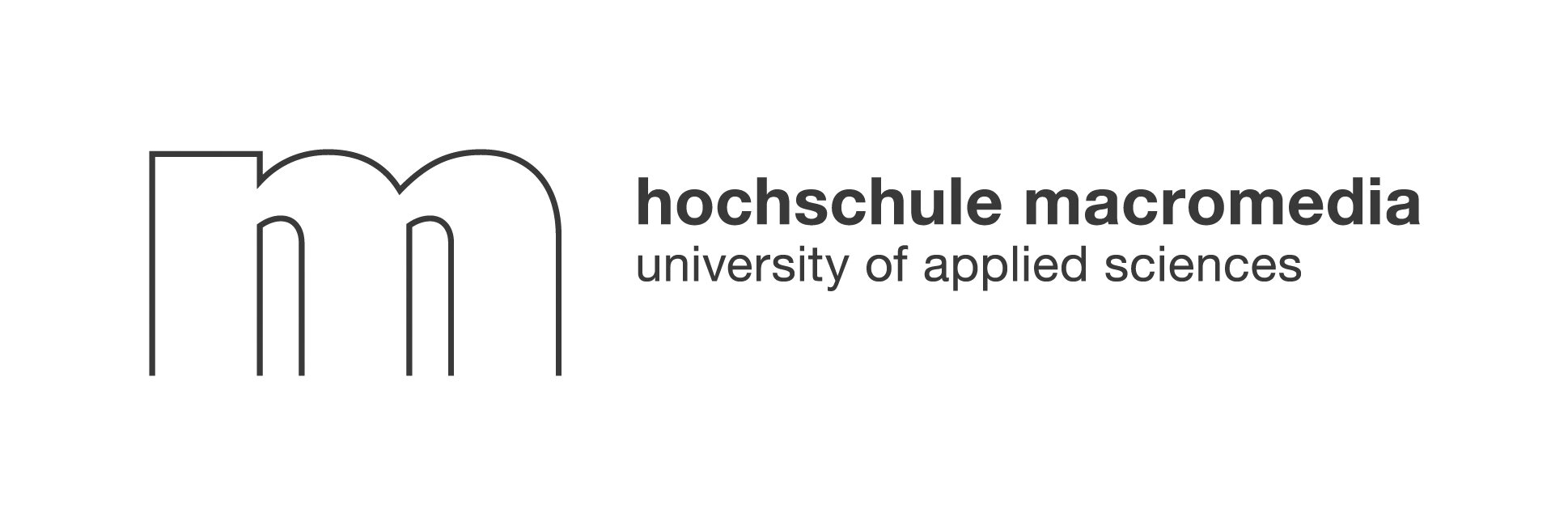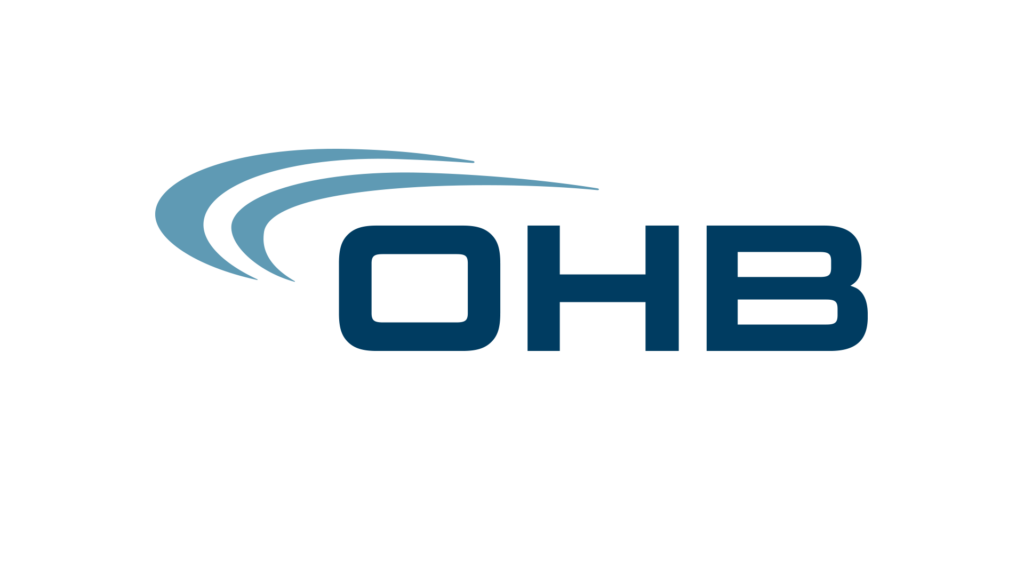The world of work has changed, and so have employee expectations. If you're wondering why employee-centric benefits are a top priority for leading organizations in 2025, you're not alone. What used to be considered nice-to-have perks are now critical foundations for attracting, engaging, and retaining talented people. But what exactly does employee-centric mean, and how can employers deliver benefits that genuinely make a difference? Let's explore the drivers, best practices, and measurable impacts behind this movement—and why putting people first is no longer optional.
The Shift to People-First Benefits: What's Driving the Change?
The Importance of Employee-Centric Benefits in Today's Work Environment
The importance of employee-centric benefits in today's work environment isn't just a trend—it's a response to a fundamental shift in how people view work and life. Employees today expect their employers to recognize them as individuals with unique needs, not just as workers filling a role. This approach centers on trust, flexibility, and genuine care for well-being.
An employee-centric culture recognizes and accepts that people are people. Organisations acknowledge that their employees are multifaceted individuals with lives beyond the office.
—Paola Bottaro, Top Employers Institute
This philosophy is driving companies to design benefits that support every aspect of an employee's life, from mental health to professional growth, and even social connection.
From Perks to Necessities: Post-Pandemic Expectations
The COVID-19 pandemic was a turning point. Remote work, flexible hours, and an increased focus on health and well-being became not just possible, but expected. Employees learned that work could fit around their lives, not the other way around. As a result, benefits like remote work, mental health support, and flexible schedules have moved from being "nice extras" to absolute necessities.
Recent surveys show that 80% of knowledge workers want flexibility in where they work, and 94% want flexibility in when they work. These aren't just preferences—they're dealbreakers for many job seekers today.
Surveying the Benefits Landscape: What Counts as Employee-Centric?

Flexibility Leads the Wish List
Flexibility tops the list of employee demands. This can mean remote work, hybrid models, or simply the ability to adjust start and end times. Flexibility empowers employees to manage their work-life balance, reducing stress and increasing satisfaction.
Flexibility is no longer just an incentive; it's a necessity.
—Top Employers Institute
Flexible benefits also include options like compressed workweeks or job sharing. The key is giving employees real choices in how, when, and where they work.
Wellness and Mental Health Support
Well-being is now a core pillar of employee-centric benefits. This covers traditional health insurance, but also extends to mental health resources and wellness programs, stress management tools, and innovative employee wellness solutions. Companies are offering everything from counseling services and meditation apps to gym memberships and healthy meals.
A focus on wellness signals that the company values employees as people, not just for their output. This leads to lower burnout and higher engagement.
Career Growth and Learning Paths
Employees want to grow—and they expect their employers to help. Career development programs, mentorship, tuition reimbursement, and access to learning platforms are all part of a modern, employee-centric benefits package.
These opportunities not only help employees advance but also build loyalty and a sense of purpose. When people feel their employer invests in their future, they are more likely to stay and thrive.
Proving the ROI: How Employee-Centric Benefits Boost Performance
Retention and Attraction Metrics
Organizations that prioritize employee-centric benefits see measurable gains in both retention and attraction. According to Great Place to Work, companies with strong cultures of employee happiness experience voluntary turnover rates as low as 8%, compared to the national average of 21%. Lower turnover means less time and money spent on recruiting and training replacements.
Employee-centric benefits also enhance employer branding, making it easier to attract top talent in a competitive market. Job seekers increasingly research and choose companies based on the quality and flexibility of their benefits.
Productivity Uplift
Engaged employees are productive employees. Research from Deloitte shows that 85% of executives and 84% of team members believe engaged and motivated employees are a top factor in company success. When people feel supported, they're more likely to go the extra mile, collaborate effectively, and innovate.
Happy employees ensure happy customers. And happy customers ensure happy shareholders—in that order.
—Simon Sinek
Cost-Benefit Snapshot
While employee-centric benefits may require upfront investment, the returns are significant. Here's a comparison of costs and gains:
| Benefit Type | Estimated Cost per Employee | Potential ROI |
|---|---|---|
| Flexible Work Policy | Minimal (policy change) | Reduced absenteeism, higher retention |
| Wellness Program | $200–$600/year | Lower healthcare costs, higher productivity |
| Learning Stipend | $500–$2,000/year | Improved skills, increased innovation |
| Social Benefits (e.g., Neroia) | $100–$300/year | Stronger engagement, better team cohesion |
Investing in employee-centric benefits pays off in both tangible savings and intangible cultural gains.
Listening First: Gathering Employee Insights Effectively
Pulse Surveys and Focus Groups
A truly employee-centric approach starts with listening. Regular pulse surveys, focus groups, and one-on-one conversations help leaders understand what employees value—and what's missing. These tools provide real-time feedback and surface issues before they become bigger problems.
The simplest way to improve employee engagement is to go to the source: the employees themselves.
—Taylor Graves, OfficeSpace
Exit interviews and stay interviews also offer valuable insights into why people join, stay, or leave.
Using Data Analytics to Decode Behavior Patterns
Surveys tell part of the story, but data analytics reveal deeper patterns. Analyzing anonymized data on benefits usage, engagement, and productivity helps organizations identify trends and tailor programs to actual needs. Learn more about how AI is transforming employee benefits and shaping the future of workplace engagement.
Platforms like Neroia use AI-driven recommendations and secure analytics to help HR teams understand which activities foster the strongest connections and engagement, all while maintaining employee privacy.
Designing a Flexible, Inclusive Benefits Suite
Personalization and Choice at Scale
No two employees are the same, so a one-size-fits-all approach falls short. Leading employers offer a menu of benefits, allowing people to choose what fits their lifestyle and stage of life. This could include:
- Health and wellness stipends
- Professional development funds
- Flexible work arrangements
- Social activity platforms
Personalization shows respect for individual needs and maximizes the impact of each benefit.
Viewing Benefits Through a Family-Friendly and DEI Lens
Inclusive benefits consider the needs of all employees, including parents, caregivers, and underrepresented groups. Family-friendly policies—like paid parental leave, childcare support, and flexible hours—help employees balance work and home responsibilities.
A strong DEI (Diversity, Equity, and Inclusion) lens ensures benefits are accessible and meaningful for everyone. This might mean offering mental health resources in multiple languages or supporting cultural holidays.
Companies that support diverse employee groups often outperform their competitors and see stock market gains, especially during downturns.
—Top Employers Institute
Rolling Out the Program: Change Management Essentials
Securing Leadership Sponsorship
Leadership buy-in is the foundation of any successful benefits rollout. Leaders must champion the initiative, model new behaviors, and communicate the "why" behind the changes.
We're all responsible for the culture.
—David Cocchiara, OfficeSpace CEO
Visible support from the top signals that employee-centricity is a core value, not just an HR project.
Crafting a Clear Communication Playbook
Transparency and clarity are critical. Employers should use multiple channels—emails, meetings, intranet posts—to explain new benefits, eligibility, and how to access them. FAQs, infographics, and real-life success stories help make the information stick.
A well-structured communication plan includes:
- Announcing the new program and its purpose
- Detailing how to use each benefit
- Sharing ongoing updates and celebrating milestones
Building Continuous Feedback Loops
Launching is just the beginning. Companies must create mechanisms for ongoing feedback, such as regular surveys, suggestion boxes, and focus groups. This ensures the benefits remain relevant and can be improved over time. For more insights on measuring success, check out what is the relationship between employee engagement and job satisfaction.
KPIs to Watch in Year One
Measuring the impact of employee-centric benefits is essential. Key performance indicators (KPIs) to monitor include:
- Employee engagement scores
- Retention and turnover rates
- Benefits utilization rates
- Productivity metrics
- Employee Net Promoter Score (eNPS)
Tracking these KPIs helps leaders understand what's working and where to adjust.
Establishing Continuous Improvement Cycles
The best organizations treat benefits as a living system, not a static package. Here's a proven cycle for ongoing improvement:
- Gather feedback from employees (surveys, focus groups, usage data)
- Analyze results and identify trends
- Adjust or add benefits based on insights
- Communicate changes and rationale
- Repeat the cycle regularly
This approach keeps benefits fresh, relevant, and impactful.
Core Features of Employee-Centric Benefits
- Flexible work arrangements (remote, hybrid, adjustable hours)
- Comprehensive wellness programs (physical, mental, financial)
- Personalized learning and development paths
- Inclusive, family-friendly policies
- Social connection opportunities (like those offered by Neroia)
For more detailed insights, check out these valuable resources:
- McKinsey: The Future of Work After COVID-19
- Gallup: Employee Wellbeing Is Key for Workplace Productivity
And for employers seeking to build an employee-centric culture, here are the top practices:
- Listen actively to employee needs
- Provide choices and personalization
- Prioritize inclusivity and accessibility
- Communicate transparently and often
- Use data to drive decisions
Steps to Launch an Employee-Centric Benefits Program
- Conduct employee surveys and analyze feedback
- Benchmark current benefits against market leaders
- Design a flexible, inclusive benefits suite
- Secure leadership sponsorship and budget
- Communicate the program clearly to all staff
- Launch and provide easy access to benefits
- Collect ongoing feedback and measure KPIs
- Iterate and improve based on results
Why Neroia Stands Out
Incorporating social connection into a benefits suite is increasingly important. Neroia's platform lets employees effortlessly discover small-group activities that match their interests and schedules, fostering authentic connections and supporting workplace culture. By using AI-driven recommendations and maintaining privacy, Neroia helps companies deliver truly employee-centric experiences that go beyond traditional benefits.
By giving people the autonomy to work in a way that suits their needs best, organisations reap great returns. This approach truly benefits both the company and its employees.
—Top Employers Institute
Conclusion: The Employee-Centric Future Starts Now
The importance of employee-centric benefits in today's work environment is only growing. Companies that listen, adapt, and put people first will attract the best talent, boost performance, and build resilient cultures for years to come. Whether you're just starting or looking to evolve your approach, focusing on flexibility, wellness, inclusion, and authentic connection is the key to success.
For organizations seeking to transform their culture and engagement, platforms like Neroia provide a flexible, privacy-first solution to bring employee-centric benefits to life—helping your teams thrive in 2025 and beyond.




